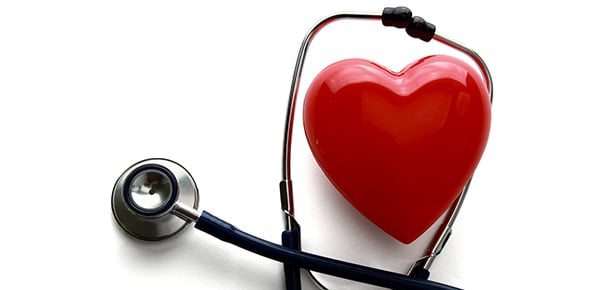Cardio inhibitory, sends info through the Sympathetic Nervous System...
Sends signals to the medulla in response to exercise, pain, or anxiety
Cerebral cortex
Indirectly affects heart rate through medulla from its HEAT-REGULATING...
Central control of the Cardiovascular Function
The brain stem continuously receives feedback from these receptors
Monitor arterial pressures generated by left ventricle
Respond to changes in vascular volume
Chemoreceptors are located near the high pressure sensors in the...
Sensitive to changes in blood chemistry
Stimulated by low pH or high carbon dioxide levels
Peripheral receptors transmit
Responds to varying levels of hydrogen ions in the CSF
Within the Medulla, stimulus to Cardio accelerator area increases...
Increased sympathetic stimulation to SA and AV nodes causes
Main receptor in manipulation ventilation of PaCO2
When their is an increase in PaCO2 and H+HCO3, what tells the lungs to...
DECREASE to vasomotor area INCREASES output to cholinergic receptors...
An increase in PaCO2 and H+HCO3 causes an increase in
Stimulus to cardio accelerator area _______ ______...
Stimulus ________ to vasomotor area ______ output to ________...
INCREASE to vasomotor area ________ output to ________ receptors in...
Stimulus of the __________ area _______ vagal (parasympathetic)...
Sends info to the medulla via PNS or SNS
The medulla controls
In order to warm the body up, Hypothalamus sends info via SNS to...
In order the body to cool down, Hypothalamus sends info via PNS to...
One set located in aortic arch and carotid sinuses
Sends pressure information to the medulla
Transmits information to medulla in regards to changes in
Strongly stimulated by decreased oxygen tension
Receptors that deal directly with CO2
Increase in output to adrenergic receptors in the smooth muscle causes
Has very little to do with the cardiovascular control
Ability to respond to electrical, chemical, or mechanical stimulation
The K+ pump works for the
Relaxes all muscles in the body
Na+ causes contraction of the
Ability of cardiac muscle to initiate depolarization (contraction)
Highly developed in specialized areas called the heart pacemaker (SA...
Contractility travels through the
Receptor dealing directly with O2
Within the Medulla, stimulus INCREASE to vasomotor area output...
Transmits information to the medulla that their is a decrease in PaO2...
Within the Medulla, stimulus DECREASE to vasomotor area increase...
Causes myocardium to contract
Ability to contract in response to an electrical impulse
Second set located in the walls of atria and large thoracic and...
Response of receptors directly proportional to stretch on the vessel...
PNS sends info to SA node to SLOW HEART RATE via
Ability to radiate electrical impulses
Responds to carbonic anhydrase of CO2 and H20
















